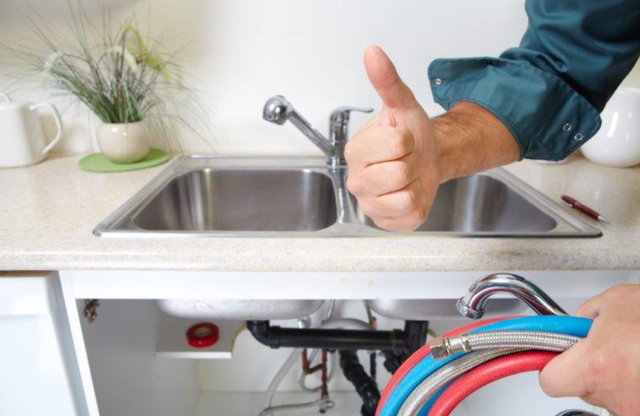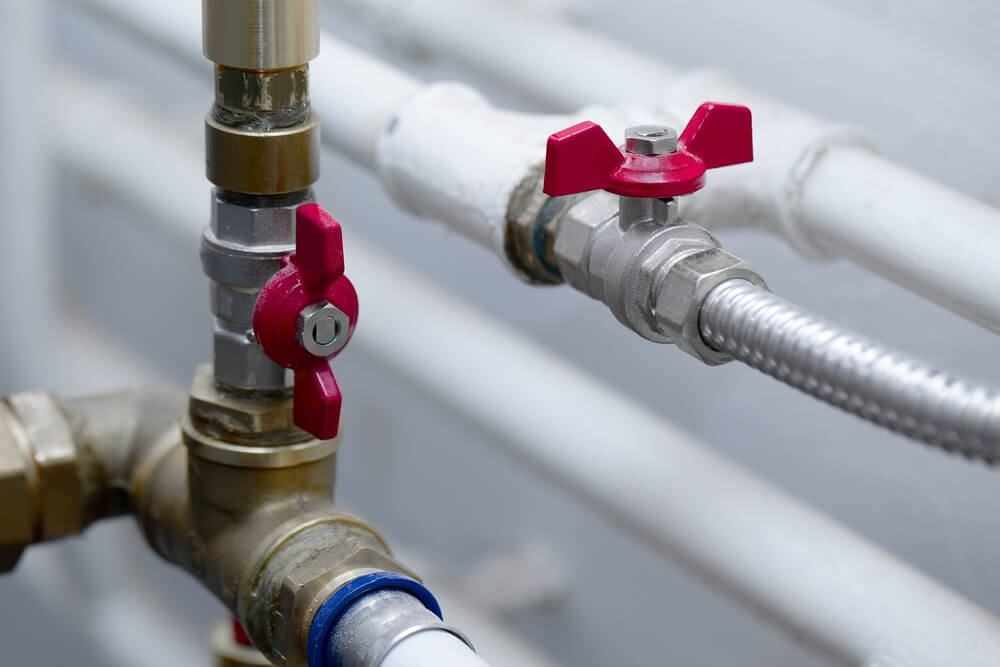Useful Plumbing Winterization Tips to Defend Against Pipe Bursts in Cold Conditions
Useful Plumbing Winterization Tips to Defend Against Pipe Bursts in Cold Conditions
Blog Article
Everybody has got their own individual thinking involving How to Prevent Frozen Pipes.

All homeowners who live in temperate climates need to do their finest to winterize their pipes. Failure to do so can lead to disaster like icy, cracked, or burst pipes.
Activate the Faucets
When the temperature declines and it appears as if the freezing temperature level will last, it will certainly assist to activate your water both inside your home as well as outdoors. This will certainly keep the water flowing with your plumbing systems. On top of that, the activity will decrease the freezing procedure. Significantly, there's no need to turn it on full force. You'll end up losing gallons of water by doing this. Instead, go for about 5 declines per minute.
Open Cupboard Doors Hiding Plumbing
When it's chilly outside, it would be practical to open cupboard doors that are concealing your pipes. Doing this small technique can maintain your pipelines cozy and also restrict the potentially dangerous results of freezing temperatures.
Require Time to Wrap Exposed Pipes
One simple and nifty hack to heat up freezing pipelines is to wrap them with cozy towels. You can also make use of pre-soaked towels in hot water, simply don't neglect to use safety gloves to safeguard your hands from the warm.
Attempt a Hair Dryer or Warm Weapon
When your pipes are nearly freezing, your dependable hair clothes dryer or warm gun is a blessing. If the hot towels do not aid remove any settling ice in your pipelines, bowling hot air straight right into them might aid. Do not use other objects that produce straight flames like a blow torch. This can lead to a larger disaster that you can not manage. You might wind up destructive your pipes while trying to thaw the ice. And in the long run, you may even end up melting your residence. Be cautious!
When Pipelines are Frozen, shut Off Water
If you observe that your pipes are completely icy or practically nearing that stage, transform off the primary water valve right away. You will normally find this in your cellar or laundry room near the heating unit or the front wall surface closest to the street. Transform it off as soon as possible to avoid more damage.
With even more water, even more ice will certainly load up, which will at some point lead to break pipelines. If you are unclear concerning the state of your pipelines this wintertime, it is best to call an expert plumber for an assessment.
All house owners who live in temperate environments have to do their finest to winterize their pipes. Failing to do so can mean disaster like icy, split, or burst pipelines. If the hot towels do not help displace any resolving ice in your pipelines, bowling warm air straight into them may assist. Turn off the primary water valve quickly if you observe that your pipelines are totally frozen or virtually nearing that stage. With even more water, more ice will certainly stack up, which will eventually lead to rupture pipes.
PREVENT YOUR PIPES FROM FREEZING THIS WINTER
A Leading Cause of Property Damage
When the weather is taking a deep nose dive into the cold dreary days, the risk of your pipes freezing and potentially bursting skyrockets. Unfortunately, during these cold dreary months, burst pipes are the most common denominator for property damage. The pipes that are most at the risk are those that are in areas where it is most cold in your home. For instance, pipes located in interior places such as basements, attics, and your garage. Unfortunately, that doesn’t mean that the pipes running through your cabinets or exterior walls can’t freeze. Good news, however, is that you can do things to help prevent pipes from freezing.
How to Prevent Pipes From Freezing
Once the temperature starts to drop during the winter, you should be taking the proper measures needed to ensure that your pipes stay warm and that there is circulation of water through them. Some steps that experts may recommend could go against your better judgement when it comes to saving water and heat. However, it would go without saying that when expenses are compared, damaged pipes could put a bigger dent in your wallet than a water bill.
What Can I Do?
Keep your garage door closed. This is very important, especially if you have water supply lines running through your garage. Open your kitchen and bathroom cabinets to allow warm air to circulate through them. Allow air circulation throughout your home. Keeping the interior doors open will once again allow the warm air to circulate inside your home. Ensure your thermostat is running the same temperature throughout the night and day. If you plan to be away from home during the cold months, set your temperature no lower than 55° F. This should provide enough heat to keep the pipes warm and prevent any remaining water inside the pipes from freezing. For more of a long-term solution, add insulation to attics, basement, and other crawl spaces around your home. By allowing your faucet to drip, it will alleviate pressure in the system. This is important because the pressure that is created between the blockage and the faucet can potentially cause the pipes to burst. Allowing the faucet to drip will prevent the pressure from building up, therefore keeping the pipes from bursting. Seal any cracks, openings, and crawl spaces around your home to prevent cold air from coming inside. This keeps your pipes-not to mention your home-warmer and less susceptible to issues caused by freezing temperatures. For the pipes in your home that are easily accessible, applying electrical tape to them might prevent them from freezing over. This is a quick fix, as you can apply the tape directly to the pipe. There are two options for heating tapes. One turns on and off by itself when it senses heat is needed. The other type of heating tape needs to be applied when heat is needed and removed when not necessary. If you have exposed pipes in your home, you can check this website to take a look at a few options that would be available at a shop near you.

I discovered that blog post on How to Prevent Frozen Pipes while scouting around the search engines. Sharing is good. You never know, you might be helping someone out. I appreciate reading our article about How to Prevent Frozen Pipes.
Access certified emergency plumbing excellence. Report this page